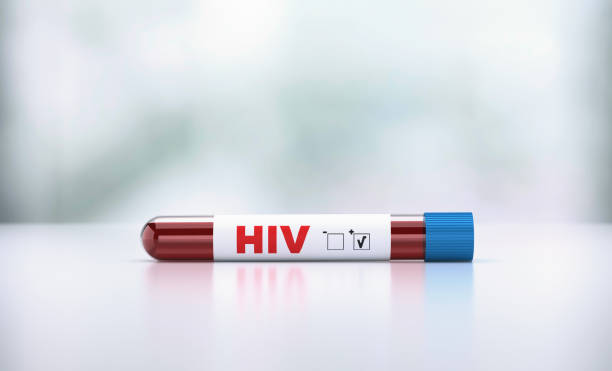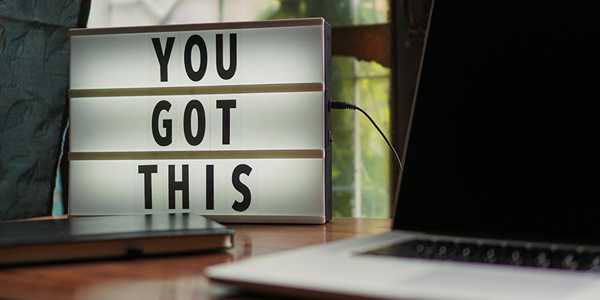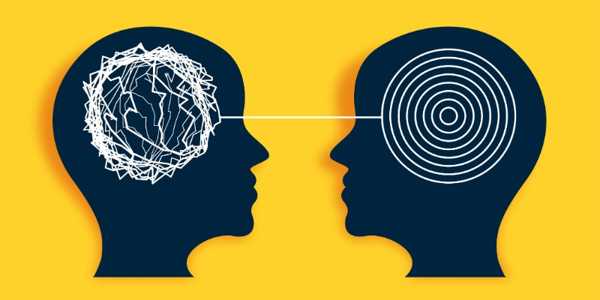The World’s 10 Best Hotels 2024: Your Next Dream Stay
The 7 World's Most Dangerous Roads: A Perilous Journey
Top Rated Best Air Fryers of 2024: Expert Reviews
The Best Kitchen Tiles in 2024: Brands, Types and Prices
7 Best Mental Health Activities For Kids
What Is The Spoon Theory? How Many Spoons Do You Have?
10 Essential Items for a New Mom's Hospital Bag
9 Fun Thanksgiving Games and Activities: Bringing Laughter to the Holiday!
Ways to Reduce HIV Risk: How to Protect Yourself
Living in the modern world means having access to information and resources that can protect us from a variety of health risks, including HIV. With the right knowledge and tools, you can significantly reduce your risk of contracting this virus. In this article, we'll explore some of the effective ways to reduce your risk of HIV in an engaging, informative, and easy-to-understand way.
Living in the modern world means having access to information and resources that can protect us from a variety of health risks, including HIV. With the right knowledge and tools, you can significantly reduce your risk of contracting this virus. In this article, we'll explore some of the effective ways to reduce your risk of HIV in an engaging, informative, and easy-to-understand way.

Understanding HIV
Before we dive into ways to reduce your risk, let's first understand what HIV is. HIV (Human Immunodeficiency Virus) attacks the immune system, specifically targeting CD4 cells, which play a key role in our body's ability to fight off infection. Without treatment, HIV can progress to AIDS (Acquired Immune Deficiency Syndrome), a condition in which the immune system is severely weakened, leaving the affected person vulnerable to a wide range of infections and diseases.
Using Protection
One of the most effective ways to reduce the risk of HIV transmission is to protect yourself during sexual intercourse. If condoms are used correctly and consistently, the risk of contracting HIV and other sexually transmitted infections can be significantly reduced. Whether you're in a committed relationship or just having casual sex, be sure to protect yourself.
Testing
Knowing your HIV status is essential for your own health and to preventing the spread of the virus. Regular testing can help you take appropriate action if you test positive and seek early treatment. Additionally, knowing your status allows you to make informed decisions about your sexual health and protect yourself and your partner.
Inject Safely
For people who use injection drugs, using safe injection practices is key to reducing the risk of HIV transmission. Sharing needles or syringes can expose you to the virus, so it is important to always use clean needles and instruments. Participating in a needle exchange program or seeking help for substance abuse can also help reduce the risk of HIV infection.
Pre-exposure prophylaxis (PrEP)
Pre-exposure prophylaxis (PrEP) is a medication taken by people at high risk for HIV infection to prevent infection. When taken as prescribed, PrEP has been shown to be extremely effective in reducing the risk of HIV transmission. If you think you are at risk for HIV, talk to your doctor to see if PrEP is right for you.
Stay Informed and Informed
When it comes to reducing your HIV risk, knowledge is power. Stay up to date on the latest developments in HIV prevention, treatment, and research. Inform yourself and others about the importance of safe practices and regular testing. By staying informed and raising awareness, you can help create a safer, healthier community for everyone.
In summary, reducing the risk of HIV transmission requires a combination of strategies and interventions. By taking protective measures, getting tested, practicing safe injections, considering PrEP, and staying informed, you can significantly reduce your risk of contracting HIV. Remember, your health is in your hands, so take control and prioritize your health.












